-
×
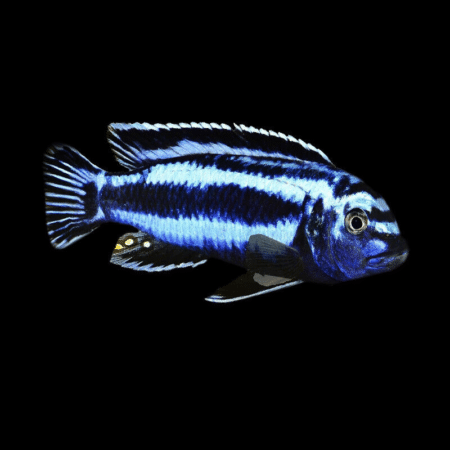
-
×

-
×
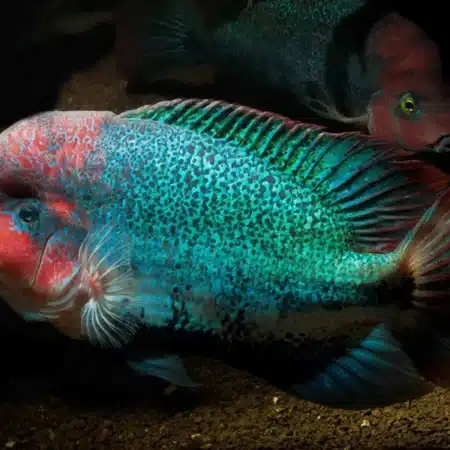 Cichlasoma Paratheraps Fenestrata Vieja Window Cichlid - Vibrant Colors, Hardy & Active Fish for Your Aquarium, Ideal for Beginners Seeking Stunning South American Cichlids
1 × £28.06
Cichlasoma Paratheraps Fenestrata Vieja Window Cichlid - Vibrant Colors, Hardy & Active Fish for Your Aquarium, Ideal for Beginners Seeking Stunning South American Cichlids
1 × £28.06 -
×

-
×

-
×

-
×

-
×

Subtotal: £379.33

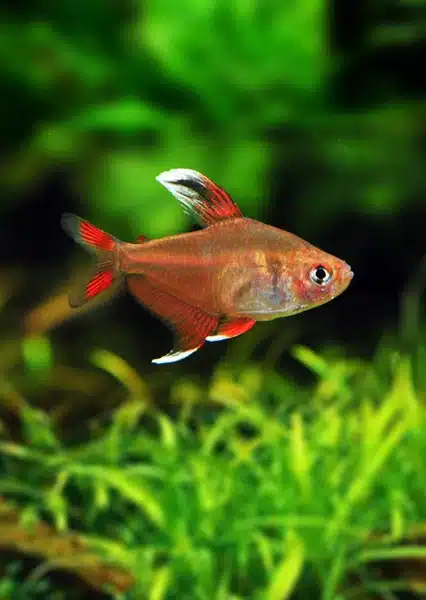
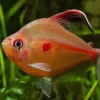
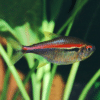









Jessica Miller (verified owner) –
I recently added a school of Red-Line Tetras to my 20-gallon tank, and I couldn’t be happier! After about two weeks, their vibrant colors have only intensified, creating a stunning display that truly brings my aquarium to life. These little guys are not just visually captivating; they have such a lively personality that really lights up the tank. Compared to other tetras I’ve kept, like the neon tetra, their unique red lines are a delightful twist!
I do make sure I provide plenty of plants and hiding spots for them, as they appreciate a bit of cover. Watching them swim and interact is such a joy, and I can tell they are thriving. The shipping was prompt and the fish arrived healthy and ready to explore their new home.
If you’re looking to add beauty and energy to your aquarium, I wholeheartedly recommend Red-Line Tetras. They are perfect for community tanks and are an excellent choice for both beginners and experienced aquarists alike. Just remember, they prefer to be in groups, so a school of at least five is best for their happiness. You won’t regret adding these beautiful fish to your collection!
Mike Thompson (verified owner) –
I’ve been an aquarium enthusiast for over five years, and I recently added a school of Red-Line Tetras to my 55-gallon tank. I can honestly say these vibrant fish have transformed my aquarium into a lively, colorful underwater paradise! The way their red stripes pop against their shimmering bodies is such a treat to watch; it brings so much joy to my day.
After observing them for about two months, I’ve noticed not only their beauty but also their peaceful nature. They get along well with my neon tetras and other peaceful freshwater fish, making them perfect for community tanks. The only minor concern was their initial shyness, but they quickly acclimated and now dart around the tank with confidence.
If you’re looking for captivating aquarium fish that thrive in a peaceful environment, I highly recommend these tetras. They really add a unique charm to the setup, and their easy-going temperament makes them great companions for both beginners and experienced hobbyists alike. Shipping was quick and they arrived healthy, which is always a plus. I can’t wait to share my aquarium journey with fellow enthusiasts!